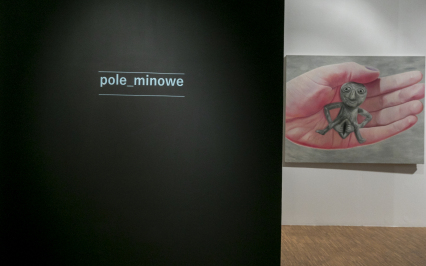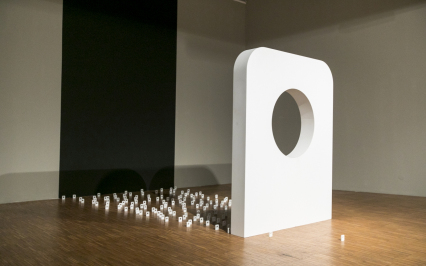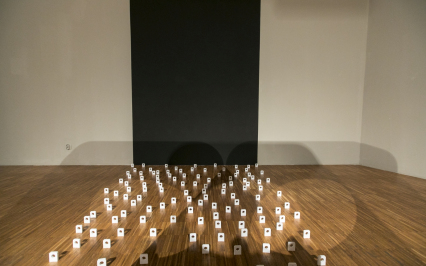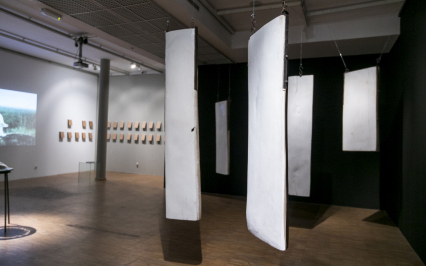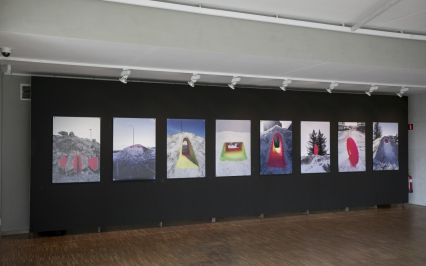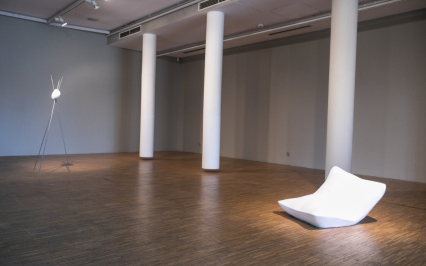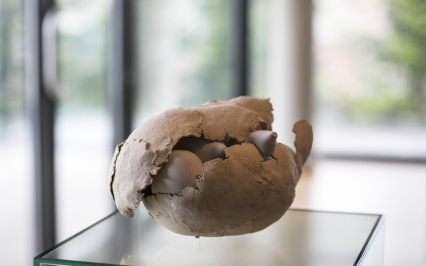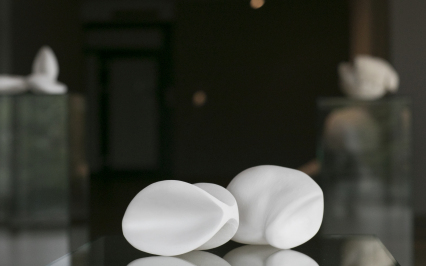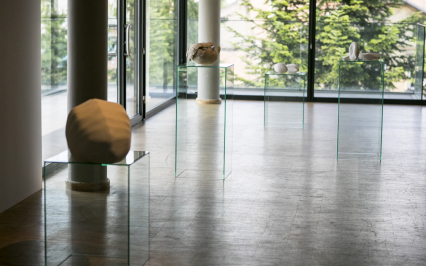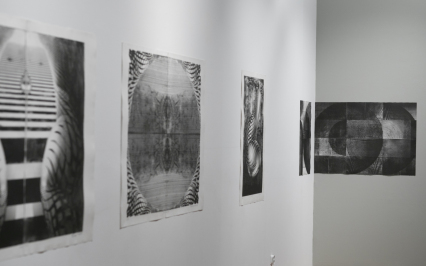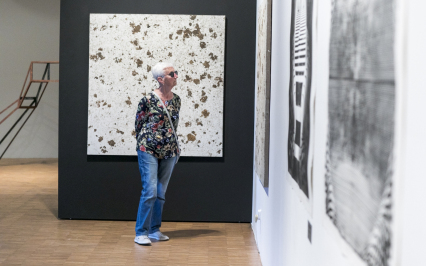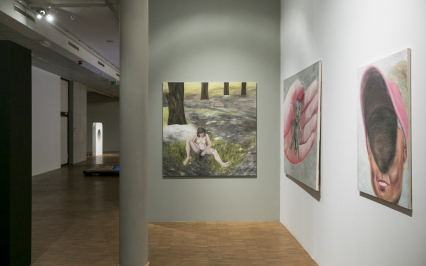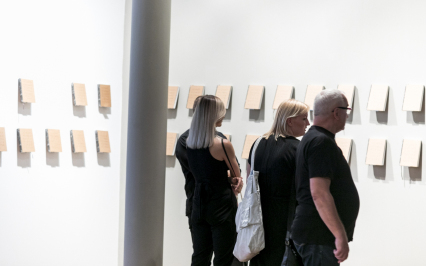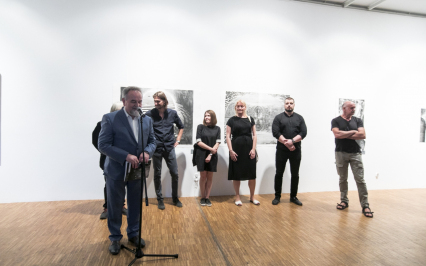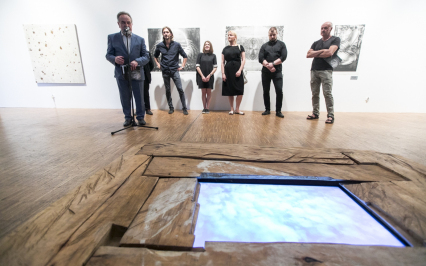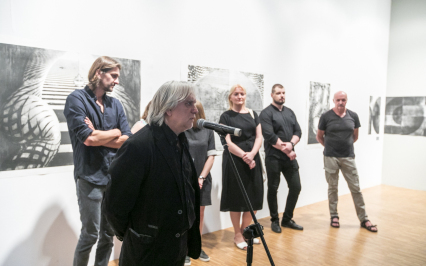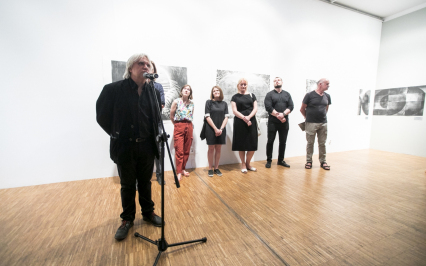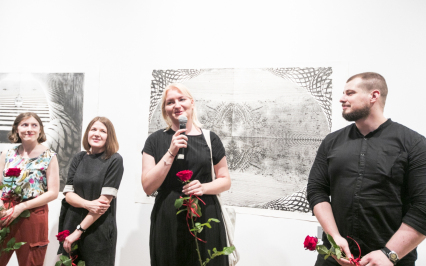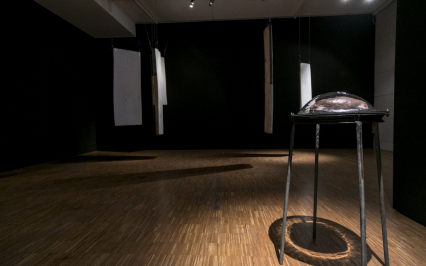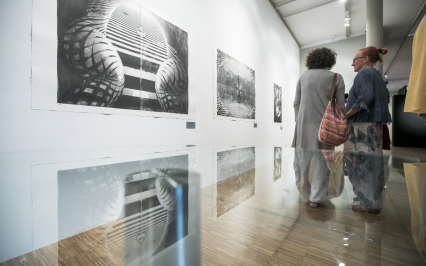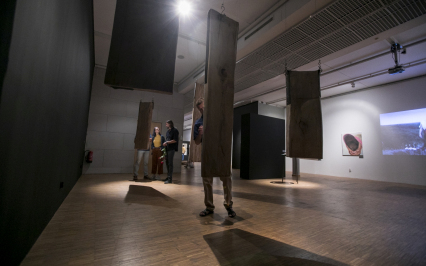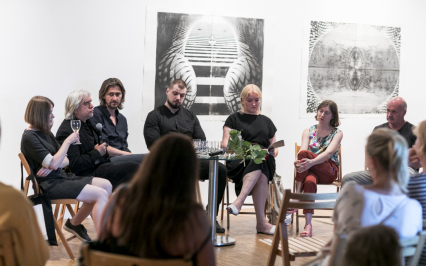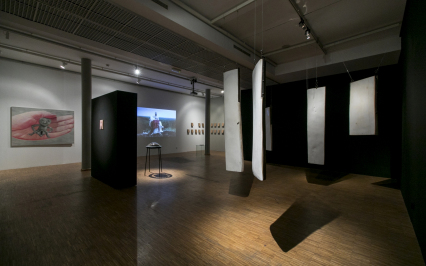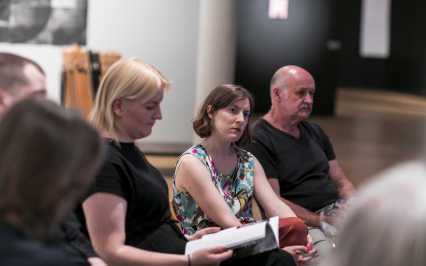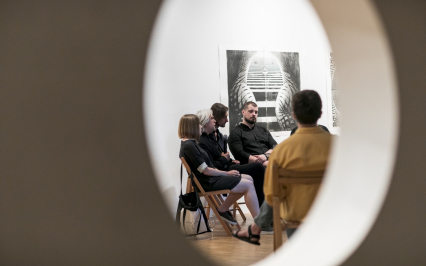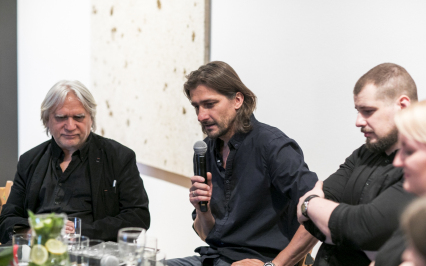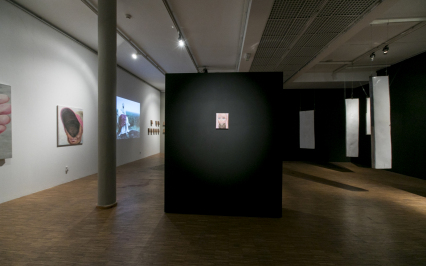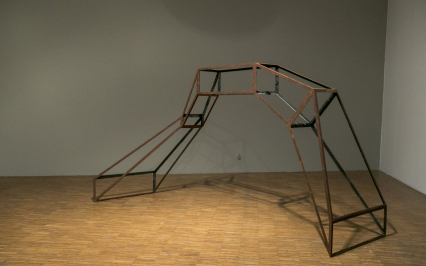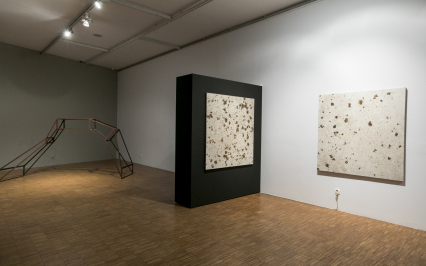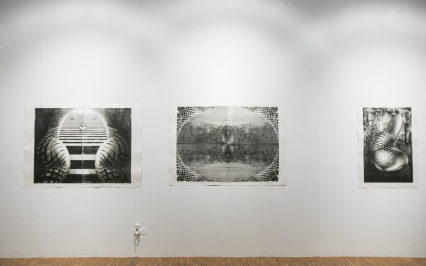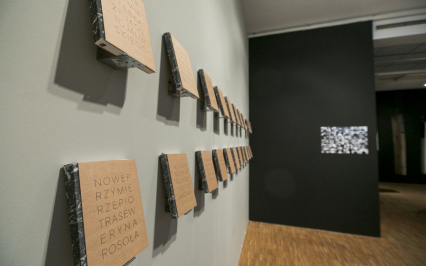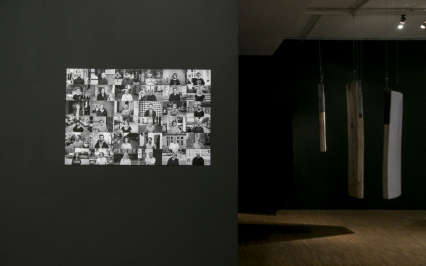The Minefield
28 June - 18 August 2019
BWA SOKÓŁ Gallery
vernissage:
28 June 2019, hour 18:00
The Minefield exhibition is an interdisciplinary artistic event focused on the issue of contemporary art in the context of young artists and their activites in the field of contemporary art. This is the first project at the BWA SOKÓŁ Gallery dealing with the situation of young artists in such a complex way as to open the discussion to their problems and draw attention to the challenges they have to face.
Minefields are the contemporary world of art. In order to walk it one needs both preparation and courage. The artists invited to this exhibition are those who, thanks to their preparation, not only in technique, but also in mental issues, and thanks to their courage, bravely tread the artistic world, avoiding mine traps set for them. The first trap is the belief that in the contemporary art originality and authenticity do not constitute any values. Demanding originality from artists is considered to be a reflection of naivety and ignorance rather than the expression of high principles and rigorism. That is why some contemporary artists use artistic barbarianisms, copying and quotations, or even appropriations, which have been incorporated by the world of art under a noble name of appropriation art. The idea of copying something, borrowing or appropriating it, turns out to be a manifestation of artistic skills. A gesture has replaced craft and the effort it requires. Such activities, instead of arousing shame and embarrassment among their trans-creators, make them
feel proud and self-satisfied.
The second trap is the belief in non-linearity of art, the conviction that the whole art, without its division into high and low art, elite and pop art, is one huge reservoir from which an artist, often making ironic remarks and parodies, can take whatever they want. The irony in art in post-modern period was analyzed by Umberto Eco, who wrote: “I think of the post-modernistic attitude of a man who is in love with a very well educated woman and knows that he cannot just tell her «I love you desperately», since she knows (and he knows she knows) that these words have been written by Liala. However, there is a solution. In this place, avoiding false innocence, declaring clearly that it is impossible to speak innocently any more, he would tell his beloved one what he wanted to tell her: that he loves her, but he loves her in the era of lost innocence. If the woman agrees to play this game, this will be for her, after all, a confession of love. None of the speakers will feel innocent, both will have accepted the challenge of the past. The challenge imposed by what has already been said and what cannot be eliminated: they will both engage deliberately and happily in the game of irony”. “The game of irony”, often revealing erudition, quite frequently conceals the lack of artistic talent.
The third mine trap is the conviction that an artist is secondary to the work of art; that the artist is no longer the main actor in the world of art, that the work of art – the product is taking his/her place. An artist ceases to be the creator of something, and starts to be the initiator. Here, what really matters is the process in which, or even most of all, the recipient participates, thus becoming a co-creator of this work of art and assuming responsibility for it. Another game is played, this time with the recipient. Reducing the artist to the role of an initiator and making the observer a performer manifests the blurred borders between the subject and the object: this is an attempt at discrediting Cartesian division into the thinking substance (subject) and the unthinking substance (thing). An attempt at abolishing another barrier.
Finally, the common institutionalization of the world of art and the belief that only thanks to institutions and in institutions one can make their appearance in the world of art poses another threat. A large group of contemporary artists crate mostly for institutions which are to ensure their recognition, followed by fame and money. An artist is no longer an independent being and is at the mercy of the curator of the exhibition. And so he shares the responsibility for his works not only with the recipient, but also with the curator. An artist is not the only person on this minefield. The recipient occupies the same place, not having been equipped with necessary guidelines telling them how to move in the contemporary world of art. Thus a recipient is lost and helpless. He or she does not know the criteria thanks to which they could value and assess the contemporary works of art, that is objects which are found in the institutions of the world of art. The lack of knowledge on the contemporary art, or its understanding (do we still talk about understanding?) may lead to the withdrawal from this area and is a proof of prudence rather than fear. On the other hand, the courage to confront oneself with the contemporary art, without appropriate conceptual and emotional preparation, may lead – as it happens on the minefield – to permanent injury.
The Minefield exhibition restores the belief in artists who, in spite of their difficult situation in which they have to create, are able to follow their own path, not considering – but being aware of them – the threats awaiting them. At the same time this exhibition offers an excellent opportunity for posing questions concerning criteria – those valid and no longer valid in contemporary art.
Dariusz Juruś
feel proud and self-satisfied.
The second trap is the belief in non-linearity of art, the conviction that the whole art, without its division into high and low art, elite and pop art, is one huge reservoir from which an artist, often making ironic remarks and parodies, can take whatever they want. The irony in art in post-modern period was analyzed by Umberto Eco, who wrote: “I think of the post-modernistic attitude of a man who is in love with a very well educated woman and knows that he cannot just tell her «I love you desperately», since she knows (and he knows she knows) that these words have been written by Liala. However, there is a solution. In this place, avoiding false innocence, declaring clearly that it is impossible to speak innocently any more, he would tell his beloved one what he wanted to tell her: that he loves her, but he loves her in the era of lost innocence. If the woman agrees to play this game, this will be for her, after all, a confession of love. None of the speakers will feel innocent, both will have accepted the challenge of the past. The challenge imposed by what has already been said and what cannot be eliminated: they will both engage deliberately and happily in the game of irony”. “The game of irony”, often revealing erudition, quite frequently conceals the lack of artistic talent.
The third mine trap is the conviction that an artist is secondary to the work of art; that the artist is no longer the main actor in the world of art, that the work of art – the product is taking his/her place. An artist ceases to be the creator of something, and starts to be the initiator. Here, what really matters is the process in which, or even most of all, the recipient participates, thus becoming a co-creator of this work of art and assuming responsibility for it. Another game is played, this time with the recipient. Reducing the artist to the role of an initiator and making the observer a performer manifests the blurred borders between the subject and the object: this is an attempt at discrediting Cartesian division into the thinking substance (subject) and the unthinking substance (thing). An attempt at abolishing another barrier.
Finally, the common institutionalization of the world of art and the belief that only thanks to institutions and in institutions one can make their appearance in the world of art poses another threat. A large group of contemporary artists crate mostly for institutions which are to ensure their recognition, followed by fame and money. An artist is no longer an independent being and is at the mercy of the curator of the exhibition. And so he shares the responsibility for his works not only with the recipient, but also with the curator. An artist is not the only person on this minefield. The recipient occupies the same place, not having been equipped with necessary guidelines telling them how to move in the contemporary world of art. Thus a recipient is lost and helpless. He or she does not know the criteria thanks to which they could value and assess the contemporary works of art, that is objects which are found in the institutions of the world of art. The lack of knowledge on the contemporary art, or its understanding (do we still talk about understanding?) may lead to the withdrawal from this area and is a proof of prudence rather than fear. On the other hand, the courage to confront oneself with the contemporary art, without appropriate conceptual and emotional preparation, may lead – as it happens on the minefield – to permanent injury.
The Minefield exhibition restores the belief in artists who, in spite of their difficult situation in which they have to create, are able to follow their own path, not considering – but being aware of them – the threats awaiting them. At the same time this exhibition offers an excellent opportunity for posing questions concerning criteria – those valid and no longer valid in contemporary art.
Dariusz Juruś
VERNISSAGE
On June 28, 2019, at 18:00, the exhibition of The_minefield took place. We invite you to view photos.




